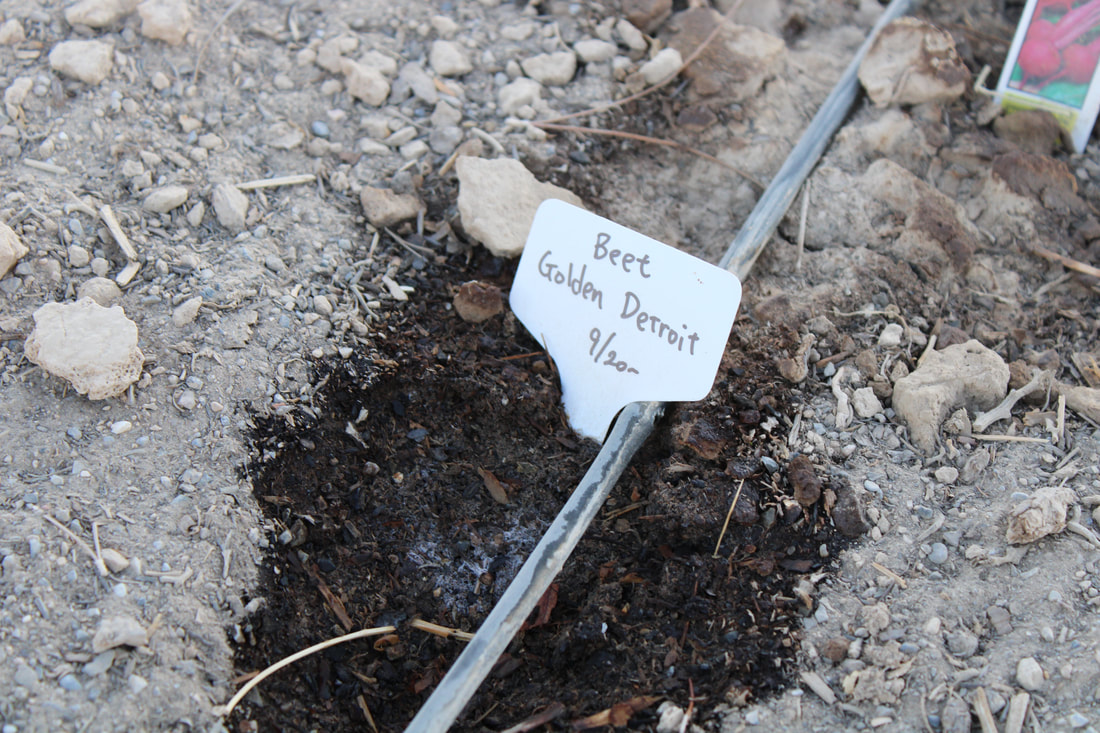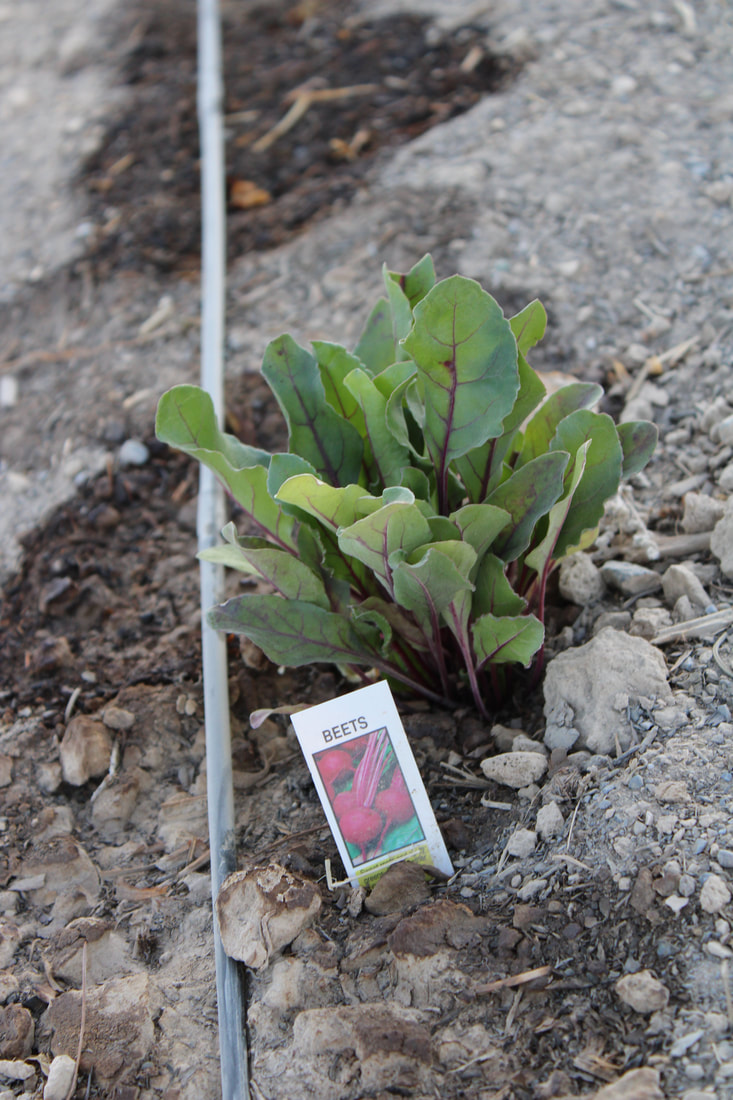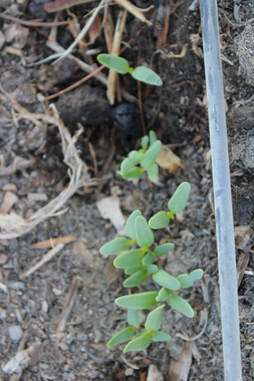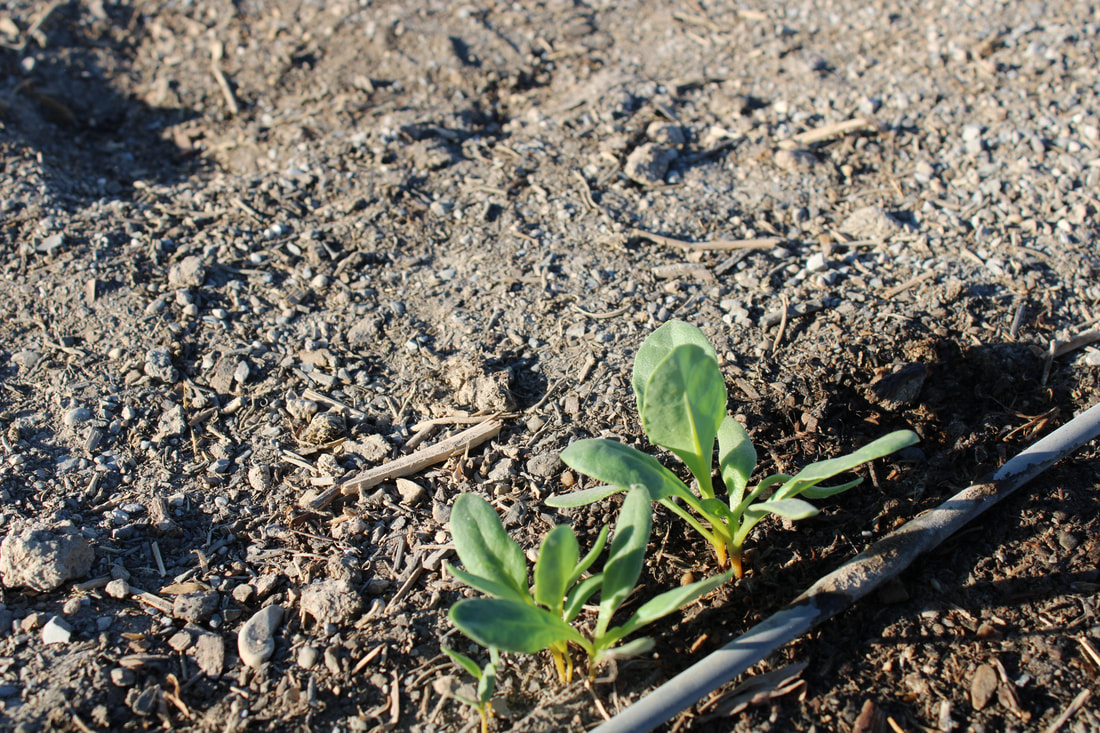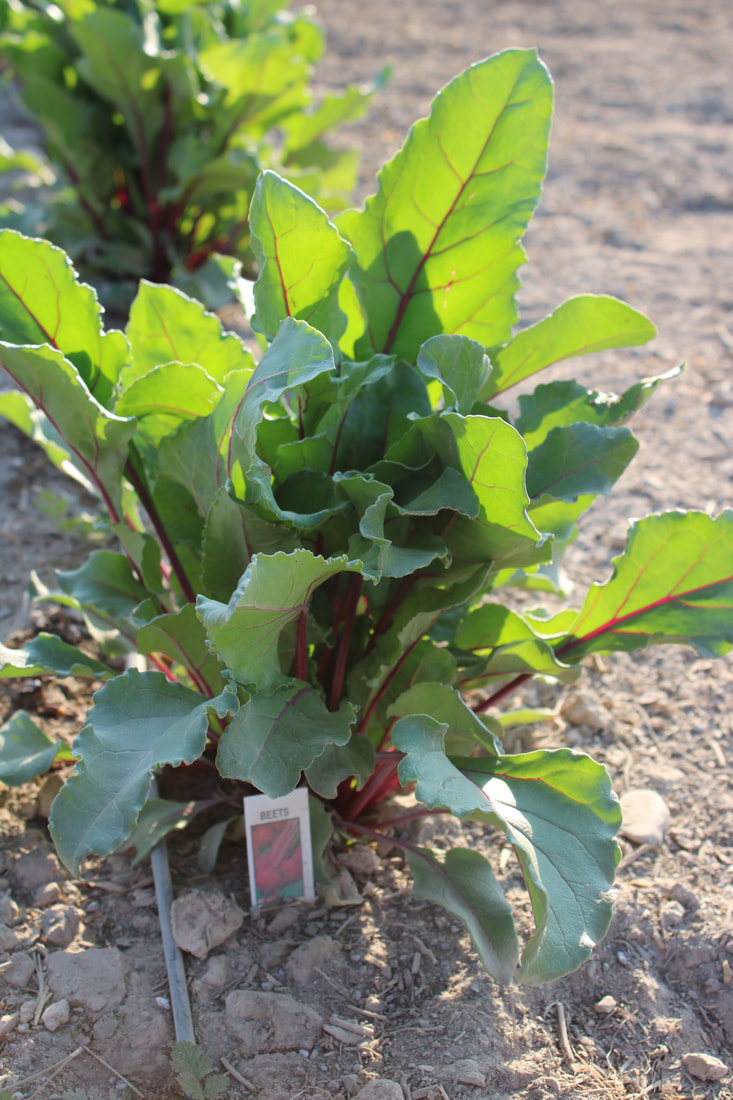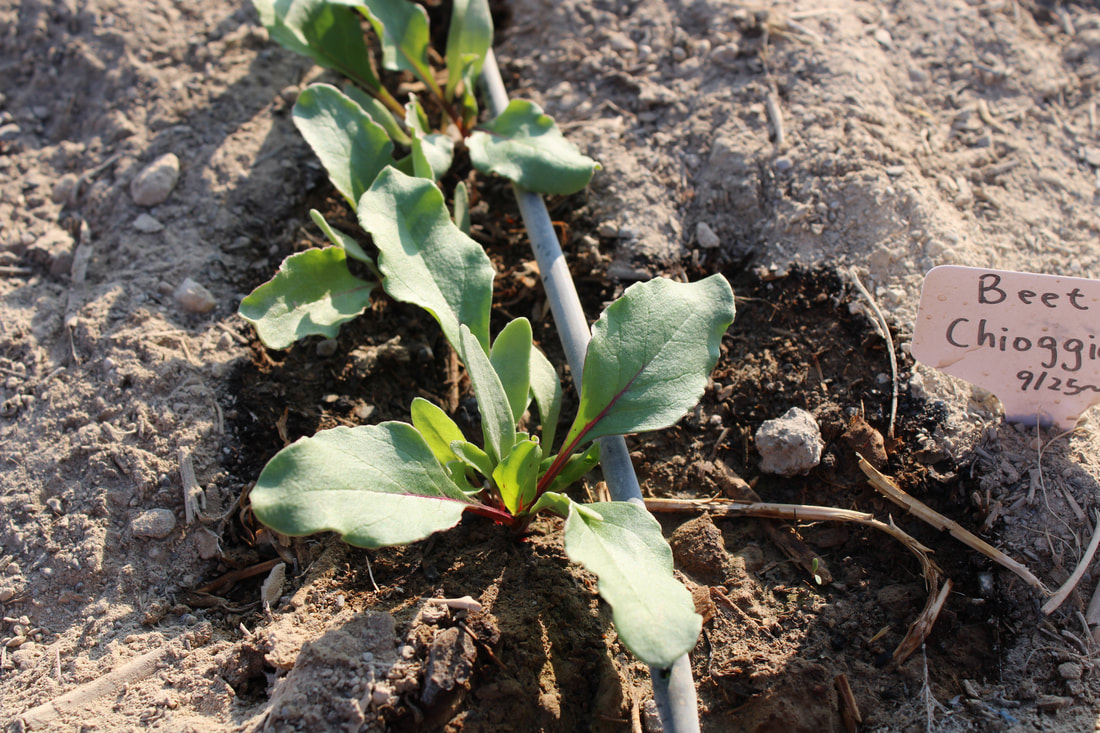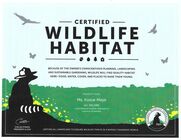Beets are a quite colorful and beautiful vegetable to look at. I like eating the yellow ones! This winter, I am growing 4 different varieties of Beets. Red, Chioggia, Golden Detroit, and Touchstone Gold Hybrid. We'll see which ones taste the best!
For the beginner gardeners, here's how to plant beets from seeds and take care of them. (https://www.almanac.com/plant/beets)
Beets—or “beet roots”—are a colorful, cool-season crop that is easy to grow from seed in well-prepared soil and grows quickly in bright sun. They are a great choice for northern gardeners because they can survive frost and near-freezing temperatures. This also makes them great as a fall crop. Beet roots can be harvested from the time they’re about the size of a golf ball to the size of a tennis ball; larger roots may be tough and woody. Plus, beet greens have a delicious and distinctive flavor and hold even more nutrition than the roots!
WHEN TO PLANT BEETS
HOW TO GROW BEETS
HOW TO HARVEST BEETS
For the beginner gardeners, here's how to plant beets from seeds and take care of them. (https://www.almanac.com/plant/beets)
Beets—or “beet roots”—are a colorful, cool-season crop that is easy to grow from seed in well-prepared soil and grows quickly in bright sun. They are a great choice for northern gardeners because they can survive frost and near-freezing temperatures. This also makes them great as a fall crop. Beet roots can be harvested from the time they’re about the size of a golf ball to the size of a tennis ball; larger roots may be tough and woody. Plus, beet greens have a delicious and distinctive flavor and hold even more nutrition than the roots!
WHEN TO PLANT BEETS
- In soil that’s at least 50°F (10°C), germination takes place in 5 to 8 days. In soil colder than 50°F, germination may take 2 to 3 weeks.
- For a fall harvest, sow beet seeds from mid-summer through early fall, starting about 4 to 6 weeks before your first fall frost.
- Plant beets in full sun.
- Beets prefer well-prepared, fertile soil but will also tolerate average to low soil fertility.
- To allow beet roots to develop properly, soil should be free of rocks and other obstacles.
- Soil pH between 6.0 and 7.0 is best and slightly alkaline (7.0+) soils can be tolerated. Beets do not tolerate soil with a low pH (below 6.0).
- If you fertilize, go easy on nitrogen; excess will cause an abundance of greens but tiny bulbs beneath the soil.
- We prefer to sow beets directly in the garden so that we don’t have to disturb their roots, though beets—unlike many root crops—do generally tolerate being transplanted while still young. However, since they are cold tolerant, beets typically have no trouble being started outdoors.
- Sow seeds ½-inch deep and 1 to 2 inches apart in rows that are about 1 foot apart. After sowing, cover the seeds with a thin layer of soil.
- Each wrinkled beet “seed” is actually a cluster of 2 to 4 seeds, so you will need to thin the young plants to 3 to 4 inches apart once the greens get to be about 4 inches tall.
- Tip: When thinning, don’t pull up the plants, as you may accidentally disturb the roots of the beets you want to keep. Instead, just snip off the greens (and eat them).
HOW TO GROW BEETS
- Thinning is necessary, as you will likely get more than one seedling out of each seed. When the tops are a 4 to 5 inches tall, thin seedlings to 3 to 4 inches apart. Pinch or cut off the leaves. Pulling them out of the ground may disturb the roots of nearby seedlings.
- Mulch and then water regularly with about 1 inch per week. Beets need to maintain plenty of moisture.
- Weed as needed, but be gentle with young plants; beets have shallow roots that are easily disturbed.
HOW TO HARVEST BEETS
- Days to maturity tend to be between 55 and 70 for most varieties.
- Harvest roots when golf ball-size or larger; very large roots may be tough and woody.
- Loosen the soil around the beet and gently pull it from the earth.
- Harvest the beet greens at almost any time, beginning when thinning seedlings. Take one or two mature leaves per plant, until leaf blades are more than 6 inches tall and become tough. (Roots will not fully form without greens, so leaving some is necessary for proper development.)
10/1/2020 Germination!!!
© Paperstacks, LLC All rights reserved.
Poof Dirt Farms: 2471 Gally Rd. Pahrump, NV
Phone: 702-412-6397 Email: poofdirtfarming@gmail.com
Phone: 702-412-6397 Email: poofdirtfarming@gmail.com

